Full Specifications
- Headphone output gain: balanced -5.8 dB, +6 dB, +17.8 dB; single ended -11.8 dB, 0 dB, +11.8 dB
- Operation: fully balanced, proprietary IC power amp
- Power inputs: 5.5/2.5 mm DC connector center positive; proprietary FPL 4-pin DC connector (FPL)
- Analog inputs: RCA (Consumer level; Pro option with future software update)
- Digital inputs: USB-C (all formats); S/PDIF optical (up to 24-bit/96 kHz, DoP64); Coaxial (up to 24-bit/192 kHz, DoP64)
- DAC chip: ESS Sabre ES9028PRO
- PCM sample rates: 44.1 / 48 / 88.2 / 96 / 176.4 / 192 / 352.8 / 384 kHz
- DSD sample rates: 2.8224 / 3.072 / 5.6448 / 6.144 / 11.2896 / 12.288 MHz
- MQA: decoder and renderer
- DAC resolution: PCM up to 384k@32bit; DSD up to 256 (11.2 MHz / 12.2 MHz)
- Headphone jack outputs: balanced 4.4 mm (TRRRS); unbalanced 6.35 mm (TRS)
- Line outputs: balanced XLR; unbalanced RCA (both Consumer level; Pro with future software update)
- Volume control: analogue with bypass option (bypass for line outputs only)
- Frequency response: 10 Hz – 30 kHz (+/- 0.05 dB) 10 Hz – >200 kHz (+/- 1 dB)
- Output power unbalanced: 300 mW into 300 Ω; 1,7 W into 50 Ω
- Output power balanced: 1.2 W into 300 Ω; 6.1 W into 50 Ω
- THD on balanced output: < 0.00018% / -115 dB, 1 mW into 16 Ω; < 0.00018% / -115 dB, 100 mW into 16 Ω
- THD on unbalanced output: < 0.00032% / -110 dB, 1 mW into 16 Ω; < 0.00057% / -105 dB, 100 mW into 16 Ω
- Dynamic range analog: 130 dB (A-weighted)
- Dynamic range digital: 120 dB (A-weighted)
- Input impedance: 47 kΩ
- Output impedance unbalanced: 22 Ω on pre-amp
- Output impedance balanced: 44 Ω on pre-amp
- Output impedance Headphones: < 0.3 Ω
- Power consumption: idle <15 W
- Power adapter: 100-240V AC to 22-30V DC
- Dimensions (W x D x H): 21.7 cm x 20.6 cm x 5 cm / 8.6” x 8.1” x 2.0”
- Weight: 1.8 kg / 3.97 LBS
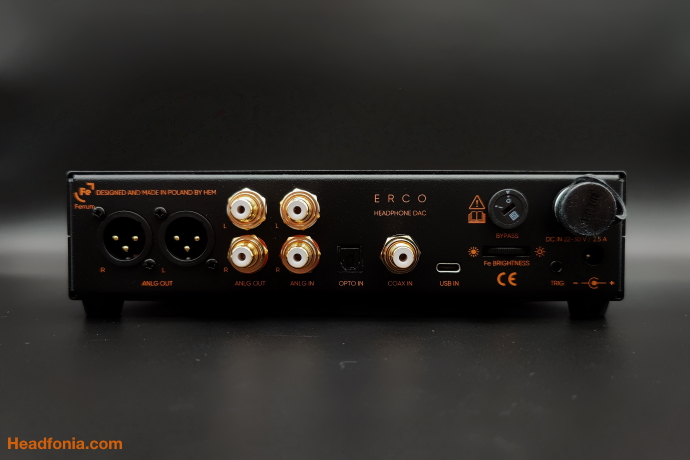
Sound – Intro
In this article we will be looking at the Ferrum ERCO as a DAC/AMP combo unit. Sources for the ERCO were my Dell laptop (ROON) for USB (with the AudioQuest FMJ) and the xDuoo X10Tii portable turntable for both coaxial and the optical input. I used a multitude of headphones for testing, but we will go into detail about that later in this article. The Hypsos PSU was used at all times to get the very best ERCO performance.
According to the Ferrum designers & engineers the Ferrum ERCO remains focused on a balanced and very transparent sound signature, making listening fatigue something of the past.
Let’s find out how it sounds and performs!
Sound – General
For this chapter we used the ERCO’s balanced headphone out put. See the next chapter for the differences compared to the single ended output.
The Ferrum ERCO is a more neutrally tuned unit, where precision and dynamics are very important. The delivery is not overly analytical but it’s fluid and very musical. ERCO is balanced and linear.
With the ERCO you get a perfectly black background and a very high level of clarity. The amount of body and impact from lows to highs is normal: good and full. ERCO is not overly boosted or thick and heavy, but it’s natural, dynamic and precise. It’s the typical presence of higher end, neutrally tuned gear and it’s very well executed here. Don’t mistake this for “lacking body” as that absolutely isn’t the case, it’s just civilized, balanced and linear.
Sound stage wise the ERCO scores well in both width and depth, but it is not as spectacular as with the OOR/Hypsos combo. Layering and positioning are good but there’s margin for improvement. With the ERCO you get a nice left/right balance and stereo image however. The overall extension, note extension, timbre, airiness and spaciousness are definitely good here, but I have to admit that they are not quite at the level of the more expensive OOR/Hypsos combo. With the ERCO you get a more intimate presentation than you get the expansive all around you experience, but the intimacy is actually really nicely portrayed because of the mid airiness and spaciousness. This is where OOR performs better (see later).
The vocals in the ERCO are perhaps a bit more forward placed and have some smoothness to them, but they make things exciting and unique. As said, the ERCO delivers a very dynamic and transparent sound. The highlights for me in the ERCO’s tuning and the overall clarity and transparency as well as the mids timbre and the very musical, engaging delivery. The ERCO draws you into your music with its clarity, precision and excellent dynamics.
Do note that it’s key to feed the ERCO with a good quality signal and source file. Feed it crap and you will hear it, the ERCO is not very forgiving.
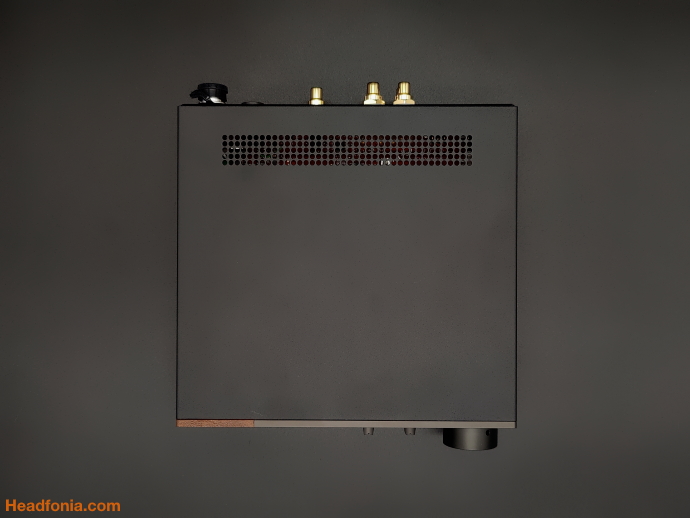
Sound – Balanced vs Single ended headphone output
For this section we used the Hifiman HE6SE with the ERCO being fed by my laptop/Roon over USB. Note that you can’t listen to both outputs simultaneously.
With some units there is almost no difference between the balanced and single ended headphone outputs but with the Ferrum ERCO there are some important ones. When going from balanced to single ended, you will immediately get an even more neutral and lighter tuning, where the overall amount of body is lower. It’s still present but in a more reference way.
Another big difference is in the vocals. Where they in the balanced way are full, natural and smooth, they with the SE output are lighter, less present and less smooth.
The third big difference for me is in the clarity. Where you in balanced mode already get great clarity, this even gets better in SE mode. The downside here is that you get a lower level of dynamics.
The two signatures are rather different. The single ended being the most neutral, reference, flat and clean one. And the balanced one being the fuller, more engaging, musical one. Personally I have almost exclusively used the ERCO with the 4.4mm balanced headphone output, as it sounds so much more natural, engaging and musical.
Sound – Classics
For this section I used a multitude of headphones with the ERCO being fed by my laptop/Roon over USB. The balanced output is the one being used.
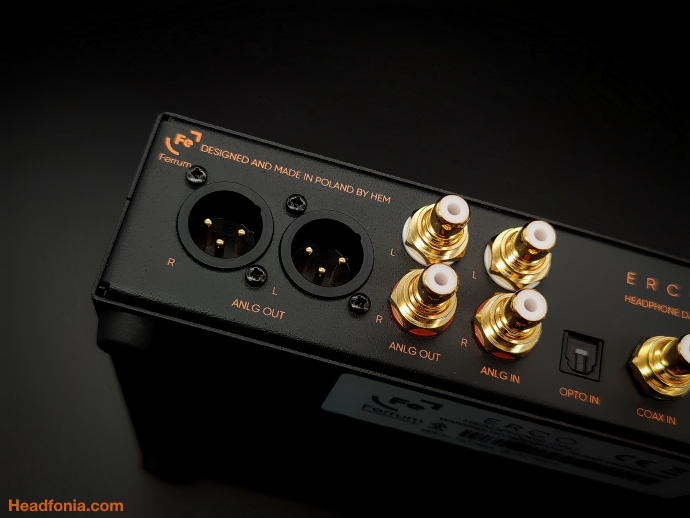
Bass
High quality bass is what you get here. The bass definition is good, the impact powerful – certainly in balanced mode -, and the delivery fluid. The ERCO is perfectly in control of the bass and it keeps it tight and fast.
Bass layering is good but the OOR & Hypsos combo reaches down lower with better layering and precision. Bass is very enjoyable but never overpowering or overly present. If you feel the bass is too present, you can always switch back to the single ended output, but then you won’t get the same level of musicality and engagement because of the more neutral presentation.
If you like big bass that’s always present and upfront, then this is not the amplifier for you. Personally, I would advise you to buy a bass heavy headphone, but some people prefer bass heavy amps. To each their own.
Mids
Especially in balanced mode the mid timbre is sweet, yet dynamic and engaging. The mids carry enough spaciousness and airiness and that definitely helps to give you the impression of a less intimate and wider sound stage.
In single ended mode the mids are a bit less romantic and they have a drier presentation. That of course could be your thing, but for me the mids sound their very best in balanced mode. Mids in balanced are musical, rich and addictive.
The part on sound continues on the third page. Simply click here to go there immediately.
Page 1: Ferrum, ERCO, Design & Build Quality, Lay-out
Page 2: Specifications, Sound Intro, Sound General, Sound Balanced vs Single Ended, Sound Classics Pt1
Page 3: Sound Classics Pt2, Sound inputs, Sound headphones, Sound comparisons, Conclusion





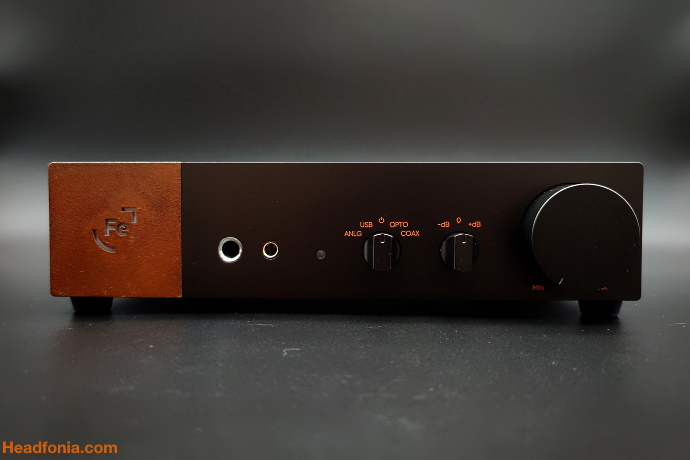
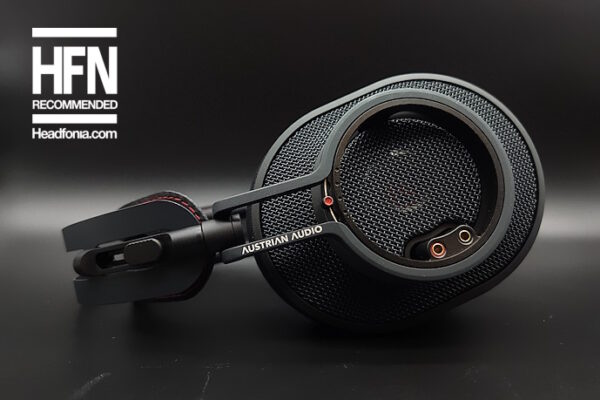

Tom
Thanks for this nice review.
I’m highly interested, how close the ERCO will come to Oor/Hypsos, if you combine it with the Hypsos as well.
Lieven
If Hypsos + OOR + PEgasus R2R DAC = 100, I would say Hypsos + ERCO is about 80
Fred
How does it compare to similar small desktop dac/amps like the Chord Hugo 2, the Mytek Brooklyn DAC+ or the transportable Fiio M17?
Lieven
I don’t have the Mytek, sorry. Fiio M17 review is coming up soon. I’ll see if I find some time to compare it to the H2!